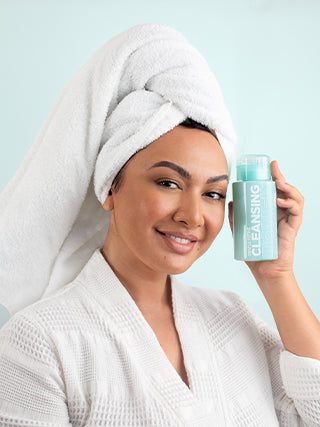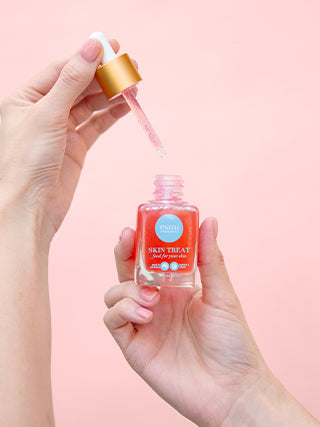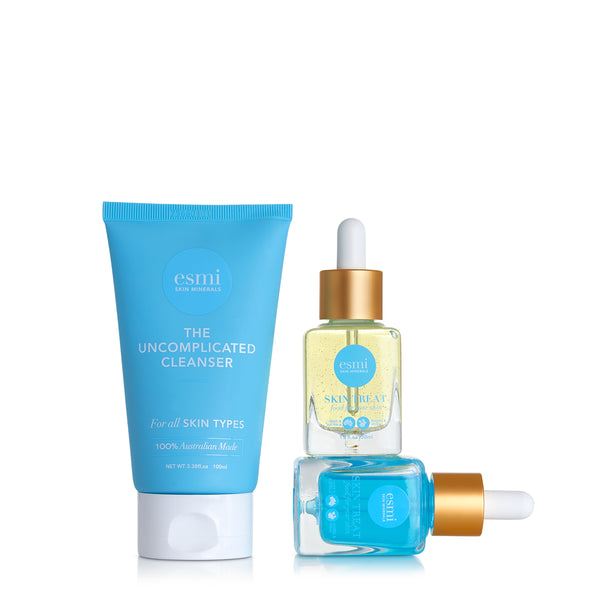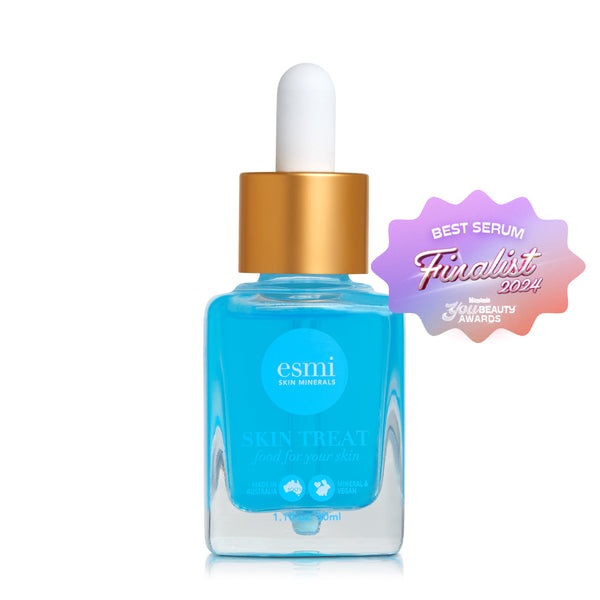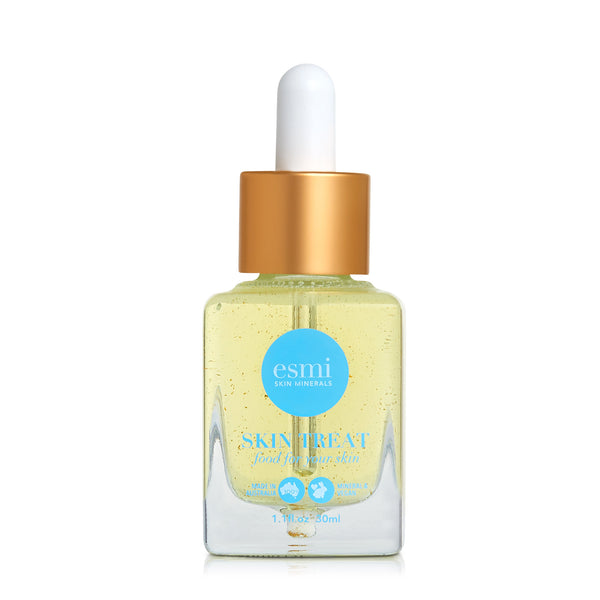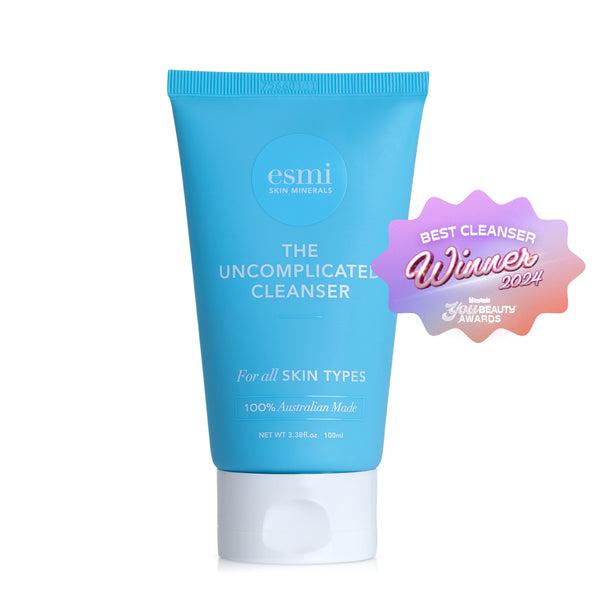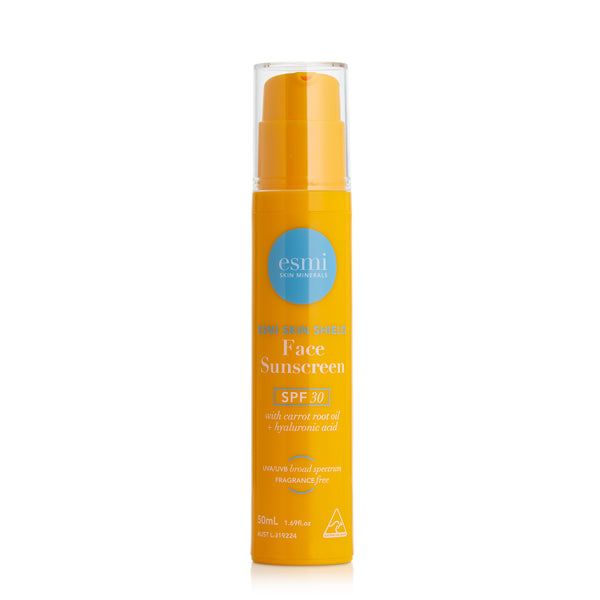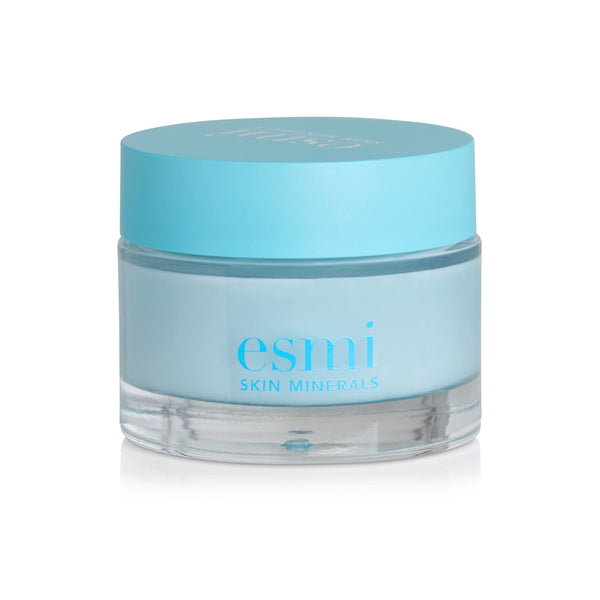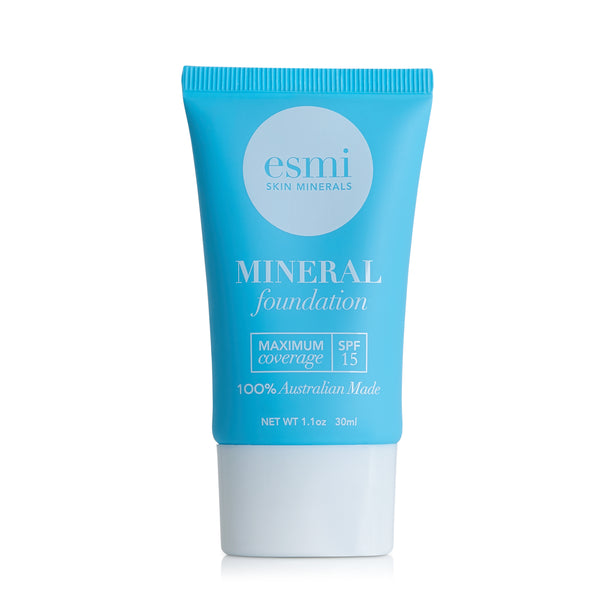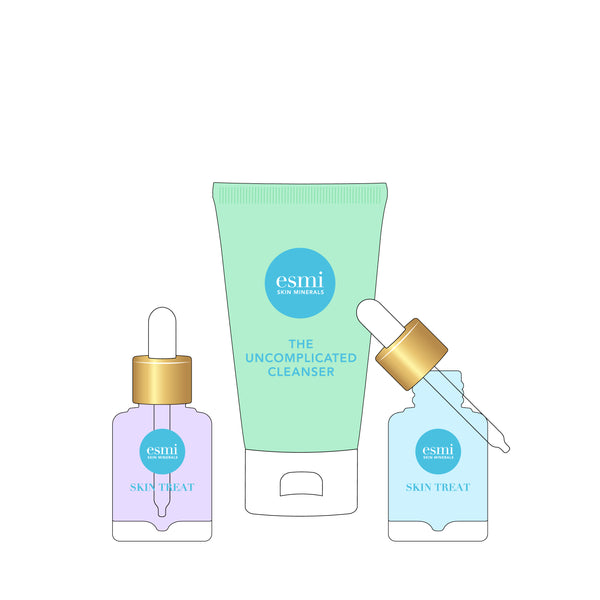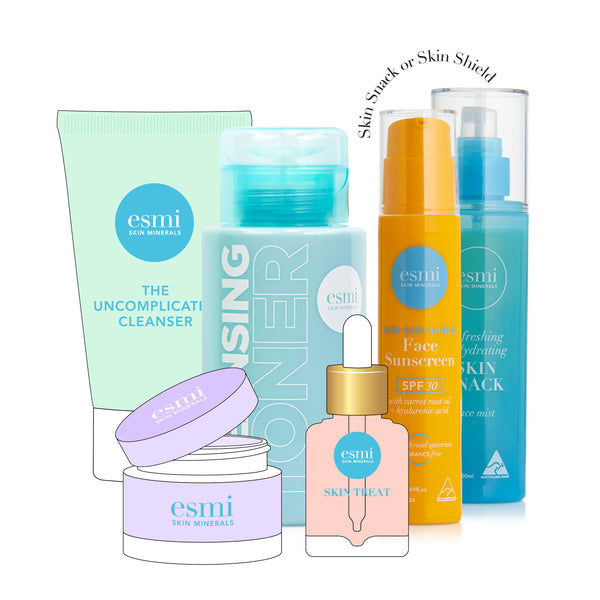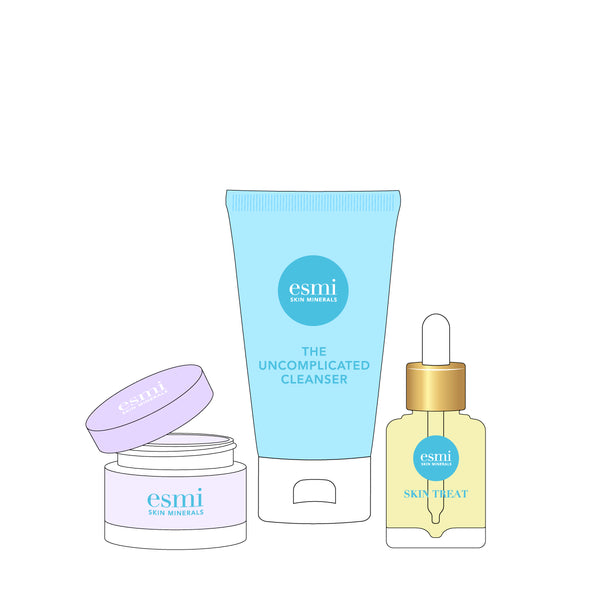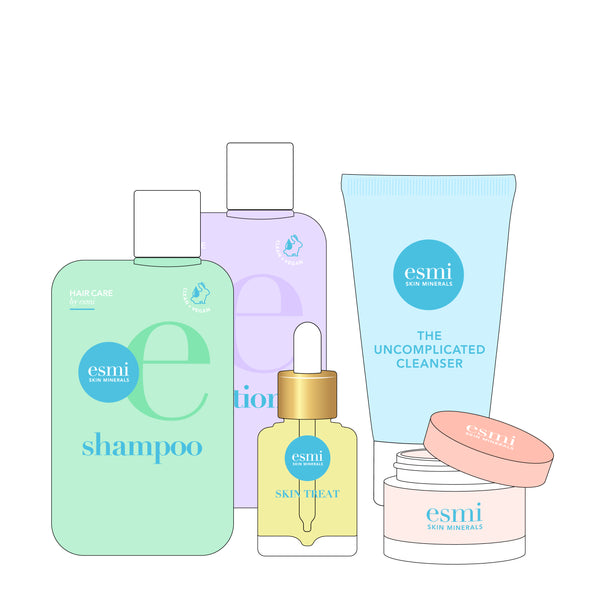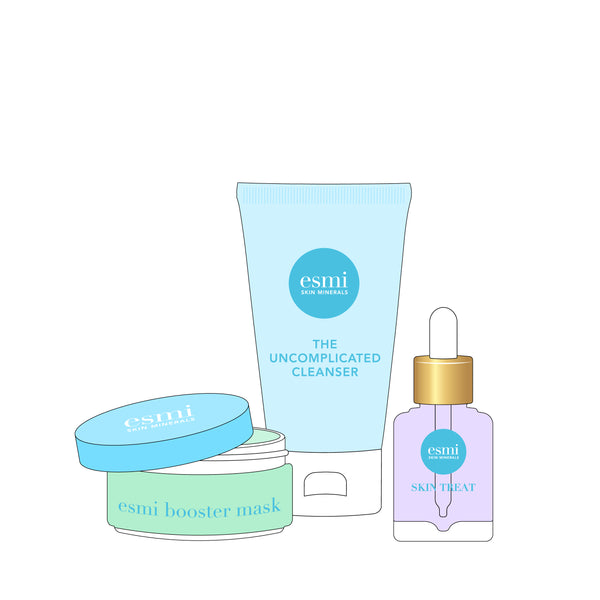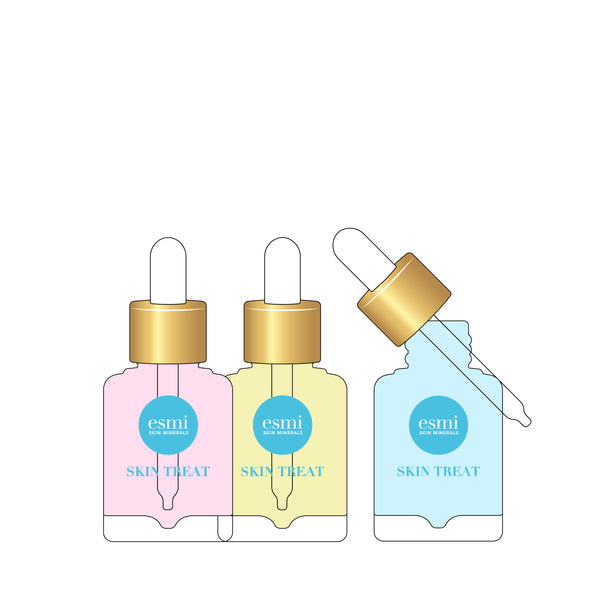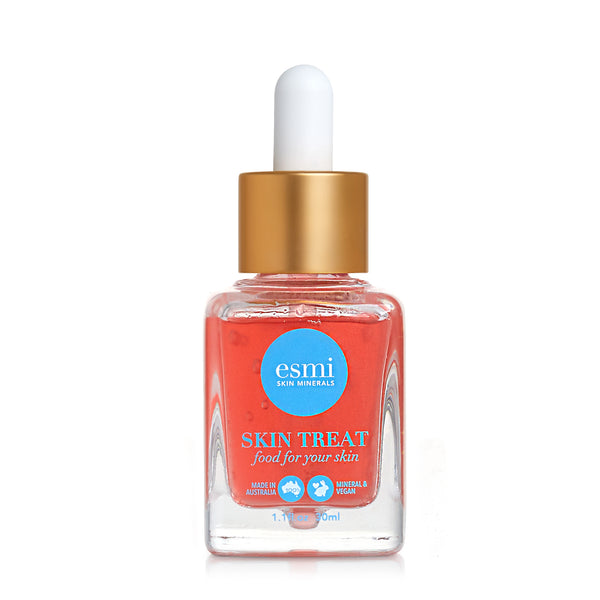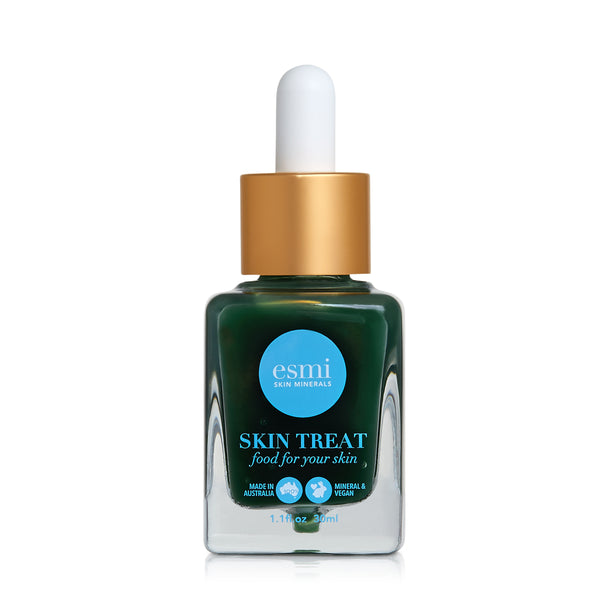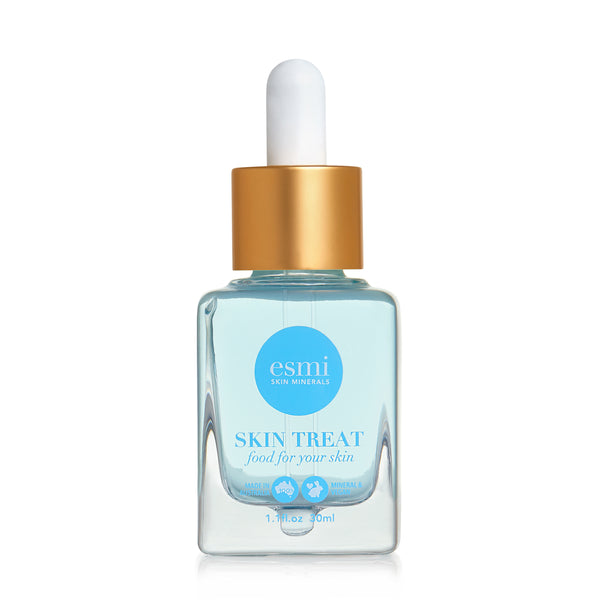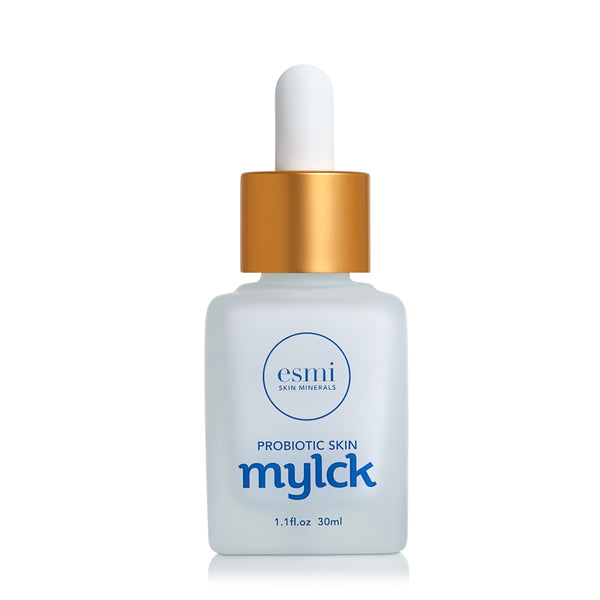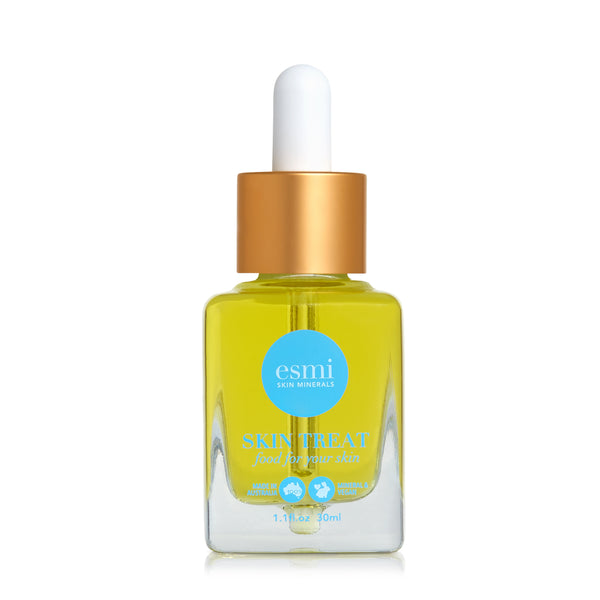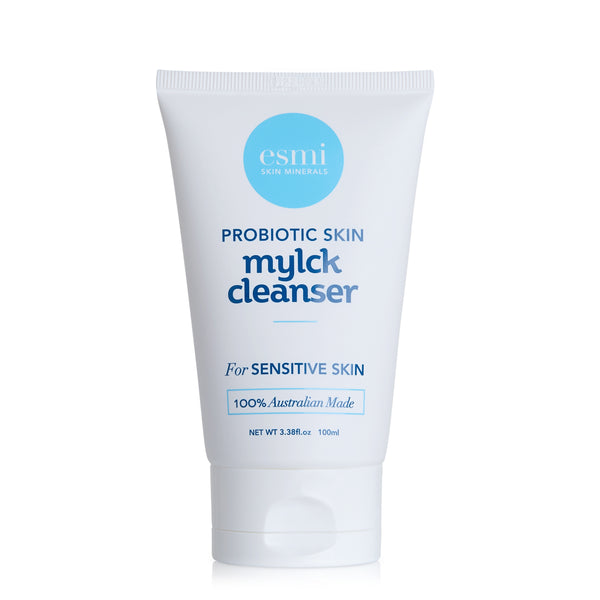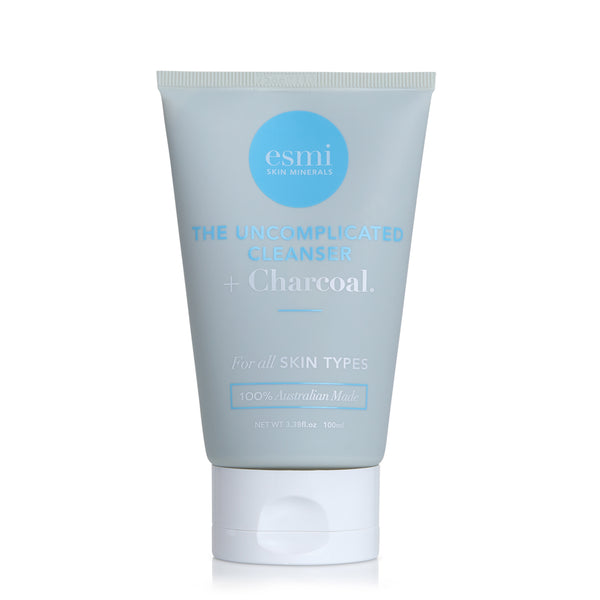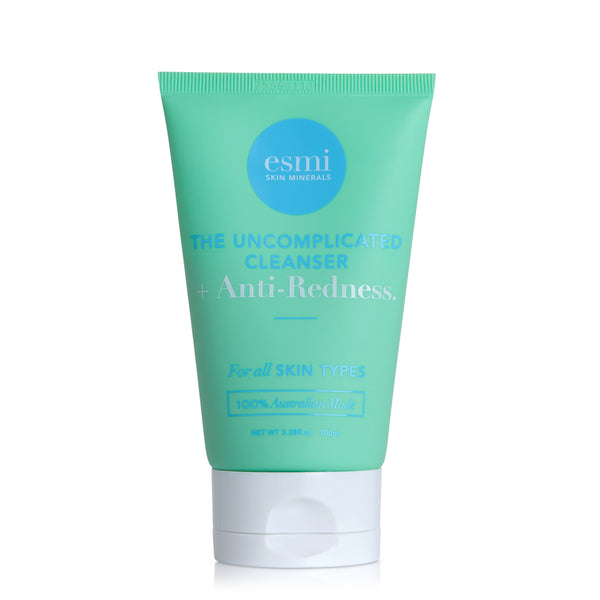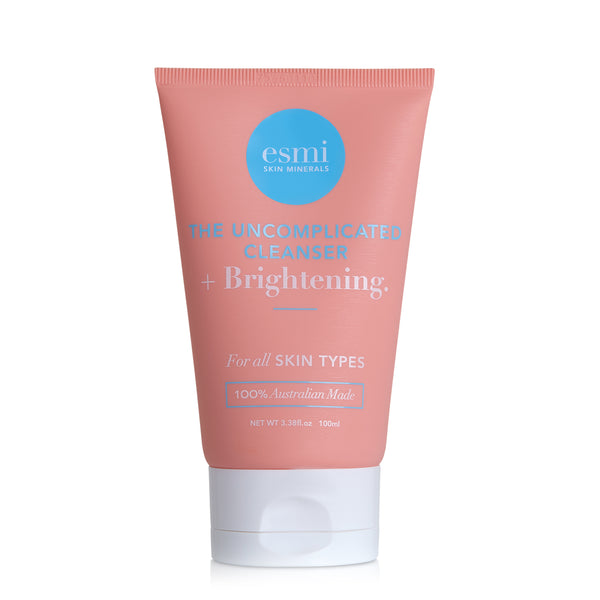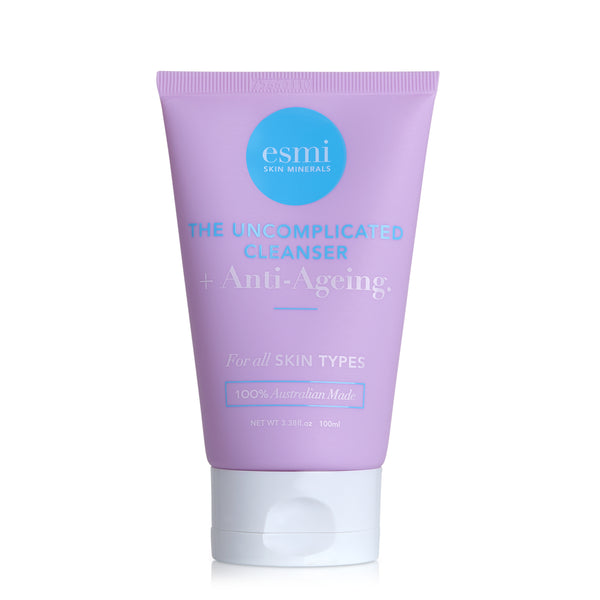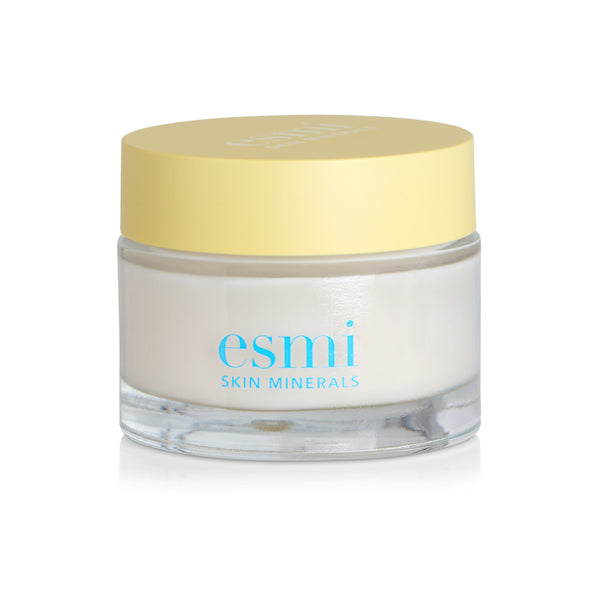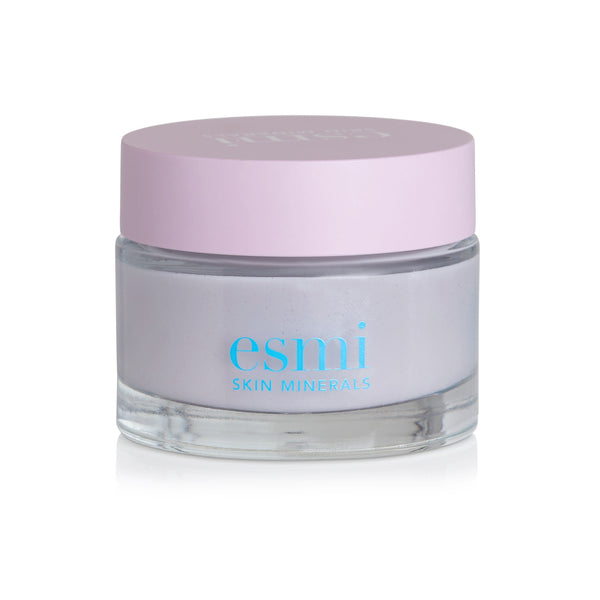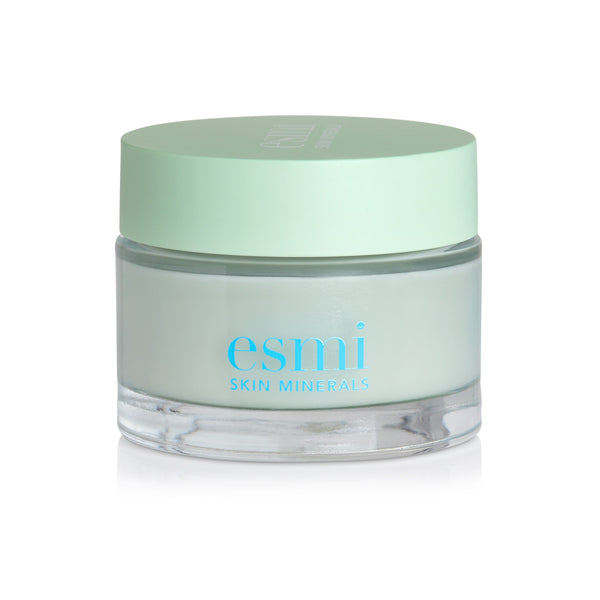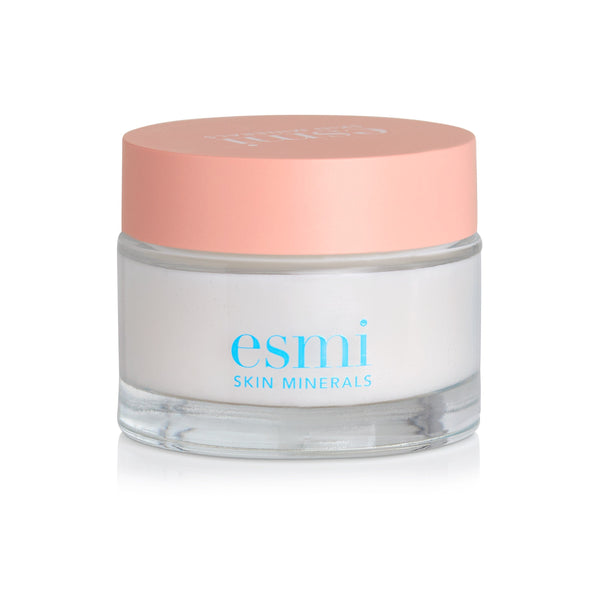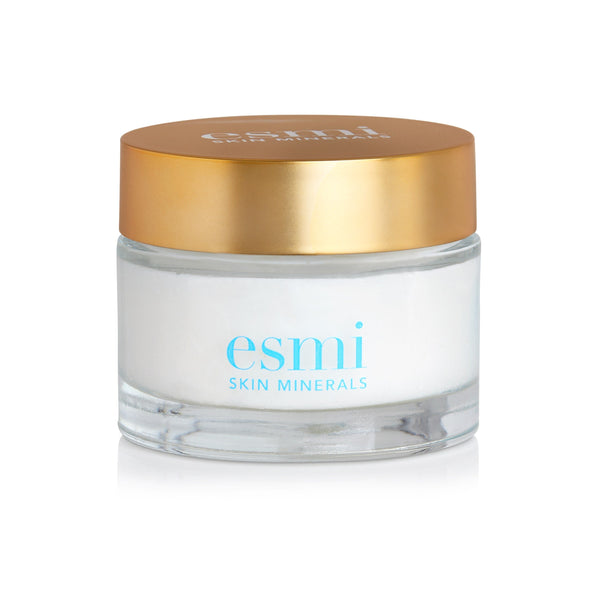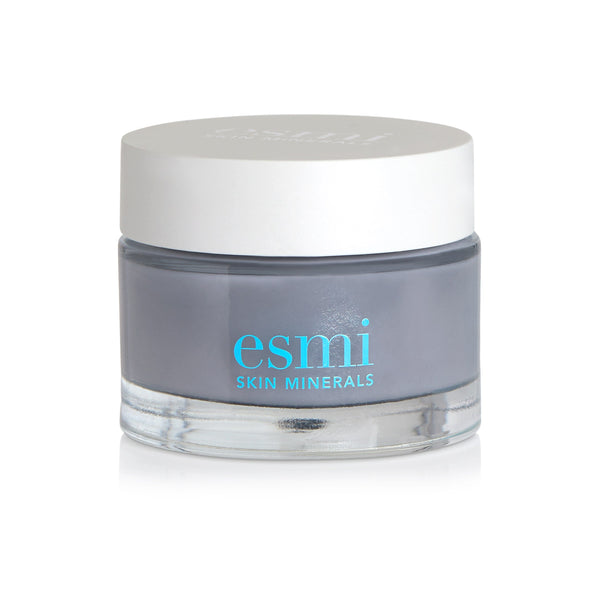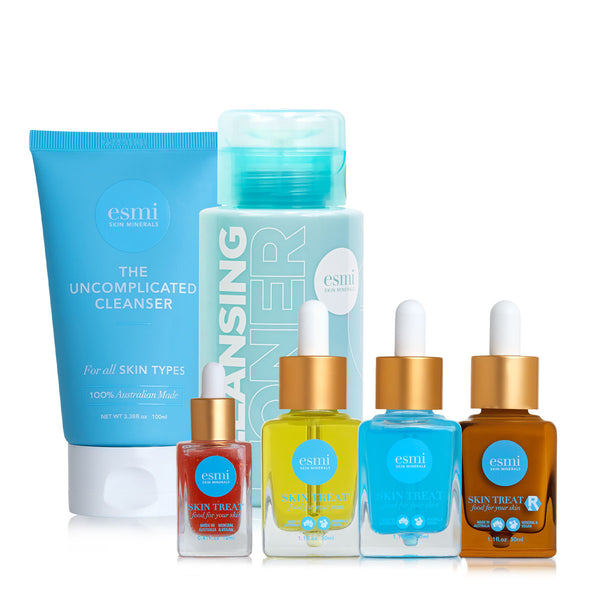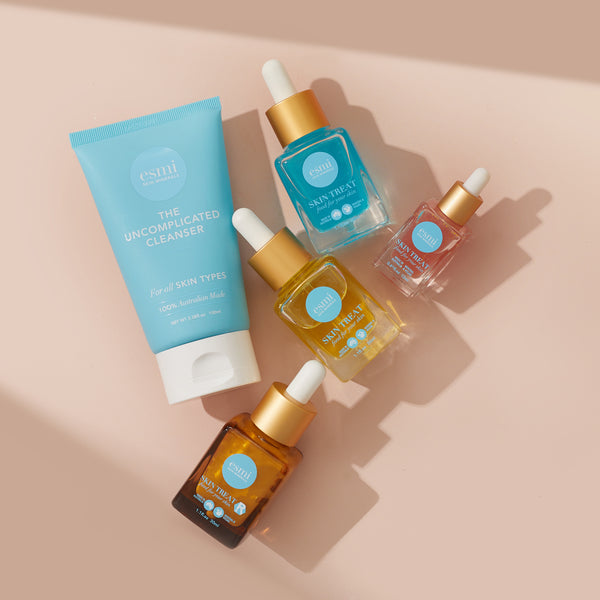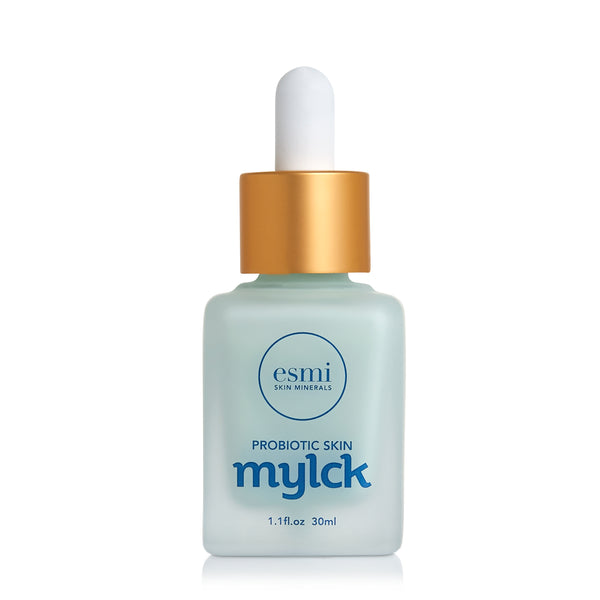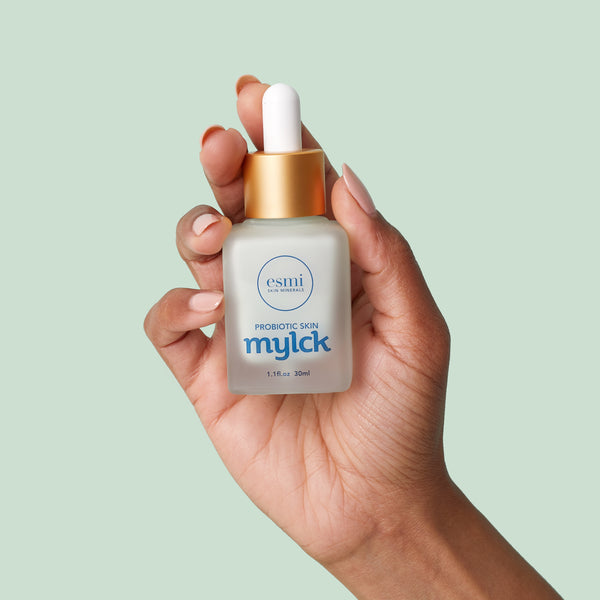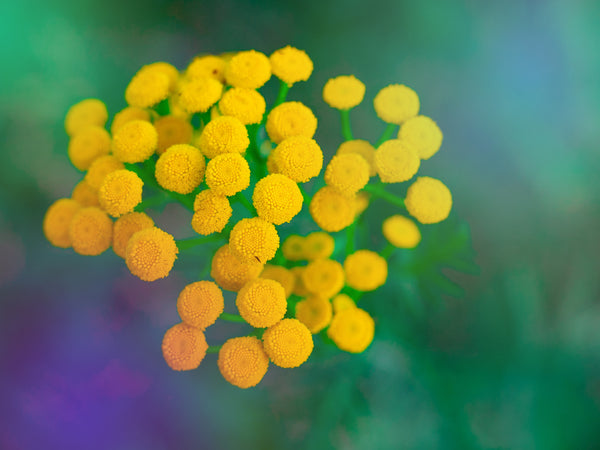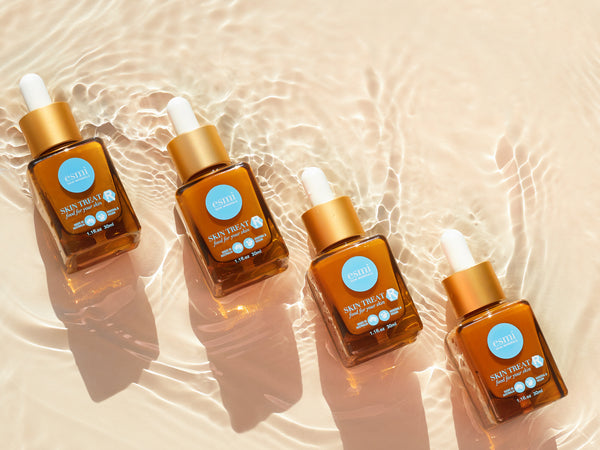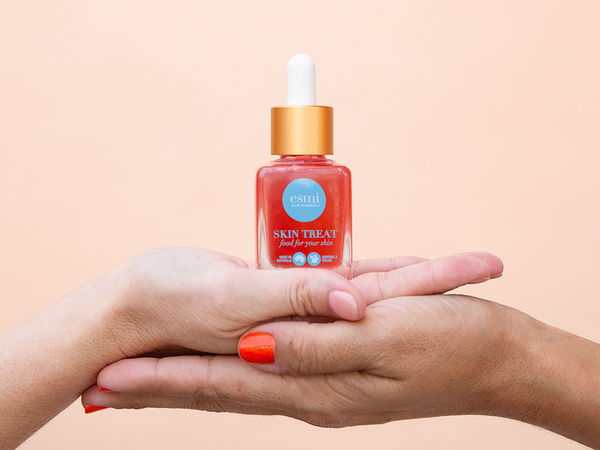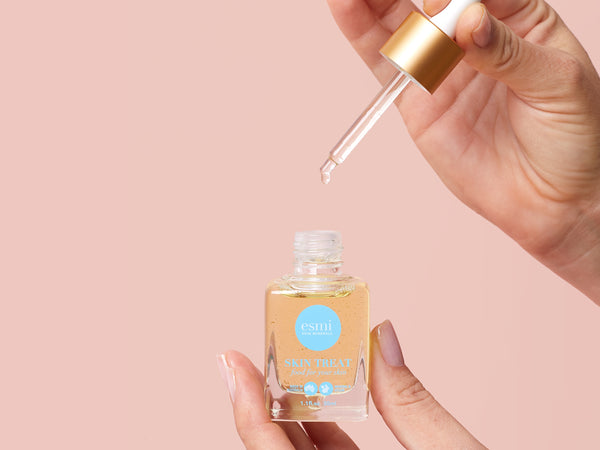Acne. It’s no one’s idea of a good skin time. From pesky pimples and blackheads to painful cysts, there are different types of acne. Knowing the type of acne you have will help you treat it the right way and avoid permanent damage to your skin.
What causes acne?
Each pore on your skin is home to a hair follicle. At the base of the hair follicle is a sebaceous gland which secretes oil (sebum) out of the pore.
Pores often become blocked with a mix of dirt, dead skin cells and sebum. When this happens the bacteria responsible for acne can flourish inside the follicle. Normally it sits on the skin’s surface, without causing much trouble. The bacteria thrive by consuming the follicle’s contents which produce chemicals and enzymes that result in inflammation.
Acne spreads when the blocked follicle breaks down, and the bacteria inside spread to nearby skin which results in groups of pimples and lesions.
Hormones play the biggest role in causing acne but other factors like cosmetics, your skincare routine and lifestyle can also trigger a round of breakouts.

What are the different types of acne?
Let's take a deep-dive into the different types of acne.
Acne Vulgaris (Common Acne)
This is the type of acne you’re likely to get as a teenager – blackheads, whiteheads, and pimples. Breakouts can happen in areas that secrete more oil than other parts of the body so shoulders, chest and back acne are common too.
Blackheads
Blackheads (also known as comedones) are one of the milder forms of acne that can usually be treated with an effective skincare routine. Blackheads are abnormally blocked pores, they occur when a lot of dead cells accumulate together at the centre of the pore and stretches it open.
It’s a common misconception that the black you see in a blackhead is dirt. It’s actually the pore turning black because it’s been stretched open, exposed to the air and begins to oxidize.
Whiteheads
Those tiny white bumps are called whiteheads. Like blackheads, they are pores that have become blocked but the pore doesn’t stretch open. Instead, it closes over the plug of dead skin cells, creating a white or yellow bump. Whiteheads are known as ‘closed comedones’.
SKIN TIP – The right cleanser is SO important! It’s tempting to reach for those soapy, foamy cleansers to try and get your oil production under control but they only make things worse.
Sulphates like Sodium Lauryl Sulfate (SLS) in harsh cleansers strip your skin completely of its essential oils, which triggers it to produce even more. Break the cycle by choosing sulphate-free gentle cleansers.
Acne Cosmetica
This is a mild but persistent form of acne; it’s your skin telling you that it doesn’t like some of the makeup or other beauty products you’re using.
Acne cosmetica shows up as small bumps across the surface of the skin. The result is a rough to touch and uneven looking complexion. You may see a few small whiteheads and blackheads appear but generally, there is very little, if any, inflammation.
The good news about this acne? It’s usually pretty easy to treat; simply ditch the product causing the irritation. It’s a little trickier if you use a lot of different products – you’ll need to figure out which one is the culprit by process of elimination.
SKIN TIP – As a general tip, steer clear of heavy, oil-based makeup. It does a great job at clogging up your pores. Stick to mineral based makeup which is naturally oil-free, a good choice for acne-prone complexions.
Get into the healthy skin habit of double cleansing at night time too. This ensures every trace of makeup and grime from the day is washed away.
Go makeup free a few days each week. This will give your skin a chance to breathe and heal from the cosmetica type of acne.
Hormonal acne
Hormonal acne plagues many women long after puberty. It’s caused by excess oil produced when hormones fluctuate (think periods, pregnancy and menopause) and drama happens under the skin causing clogged pores.
It’s common for hormonal acne to show up as angry red pimples around the jaw and neck area.
Many women help regulate their hormone levels to improve the appearance of this type of acne by taking oral contraception. For tougher cases, where severe acne treatment is required, hormonal treatment co-cyprindiol might be used.
SKIN TIP – Whether it’s a mild or more severe case of hormonal acne you’re tackling, regular exfoliation will definitely help. It smoothes and softens skin and by clearing away dead cells and sebum pores will stay clear which helps control breakouts.
Steer clear of harsh, grainy exfoliators which will only irritate the skin more. Opt for products with low doses of active exfoliating ingredients like fruit, glycolic and lactic acids. These can gently and gradually exfoliate skin on a daily basis.
Choosing a body wash with these same acid ingredients will also make an effective back acne treatment.
Cystic Acne
Cystic acne isn’t fun. It’s an aggressive form of acne presenting as painful, inflamed, red bumps.
It usually affects large areas of your face and can continue for years. It’s also the acne with the most potential to result in permanent scarring, like ice pick and deep pit scarring.
It occurs the same way as other acne but infection and inflammation are on the extreme end of the scale. The bacteria spread between multiple blocked pores causing large areas to break out in tender, inflammatory nodules underneath the skin.
Cystic acne is one type of acne that calls for severe treatment, in many cases topical treatments alone won’t cut it. That said, make sure your skincare is on point to compliment any medications.
SKIN TIP – Focus on products that help soothe inflamed skin and have antibacterial properties. Our Anti-Redness Minty Green Smoothie contains anti-inflammatory and powerful antioxidant Tasmania Lanceolata Extract as well as Cymbopogon Martini which is antimicrobial and antibacterial.
The golden rule
No matter what type of acne you have, there is a golden rule for all. You’ve already heard it from your mum but we’re telling you again – never pick your breakouts.
Squeezing and picking won’t make types of acne go away, it will only make it worse. You’ll expose your skin to more dirt and bacteria and spread it to other areas of your face for a fresh round of breakouts. Picking will also cause swelling and scarring.
No matter how tempting it is to pick that big old corker; hands off! Your skin will thank you.
Not sure where to start? Talk to our skin specialist team who will guide you through your FREE personal Skin Care Plan and help you get on top of your skin concerns today. The team at esmi are always here to support you on your skin journey.
CHAT: www.esmi.com.au
EMAIL: skin@makeupcartel.com.au
PHONE: 1300 66 11 76
